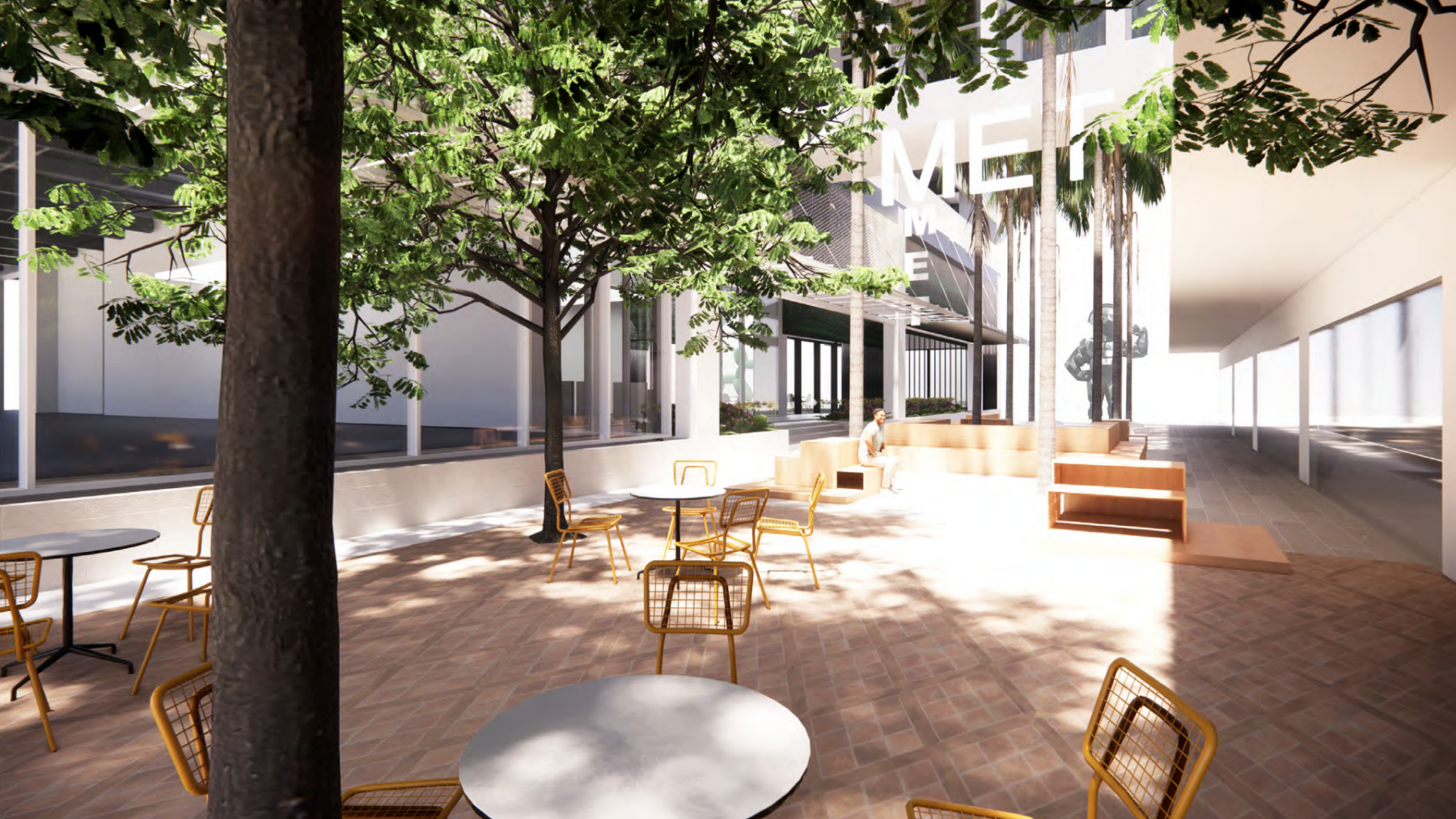After 45 years of showcasing modern and contemporary art at its location by the bay, the Metropolitan Museum of Manila (M) moves nearer the centre of the metropolis to begin a new chapter at the Bonifacio Global City
“The M is home for everyone. That is why it is ‘art for all’,” Tina Colayco, president of the Metropolitan Museum of Manila (M), quickly answered as the words have been etched on her heart.
The past year has been strange for everyone with the ongoing pandemic. And yet, Colayco with her staff, backed by the massive support from the museum foundation’s board of trustees, led the M’s quick transition to digital media. After its successful virtual exhibition openings and live conferences, the famed institution gears for another transition.

In time for its 45th anniversary, the M steps onto another milestone: a brand-new and state-of-the-art space at 30th Street, Bonifacio Global City (BGC), Taguig. Designed by the Manila-born and New York-based architect Carlos Arnaiz, the new premises will occupy more than 3,000 sqm (spread across three floors) of exhibition and administrative spaces, plus an outdoor area for installations, as well as a connecting lane from 30th to High Street. It is scheduled to open by the end of the year—if everything falls into place amid the ensuing lockdowns.
“We are excited to be part of the vibrant and emerging cultural hub that BGC has become, and our new location will certainly widen our audience reach,” Colayco said. With the venue near the sports park Track 30th and the High Street commercial centre, high foot traffic seemed to be promising. “With our new environment, we are reinforcing our continuing commitment to modern and contemporary art, with plenty of opportunities to explore new digital and spatial exhibition formats, connecting indoor and outdoor spaces for art and hybrid programmes,” she continued.
Read also: Remembering Nightlife in the Metro: Poblacion, Cubao Expo, BGC and More
























